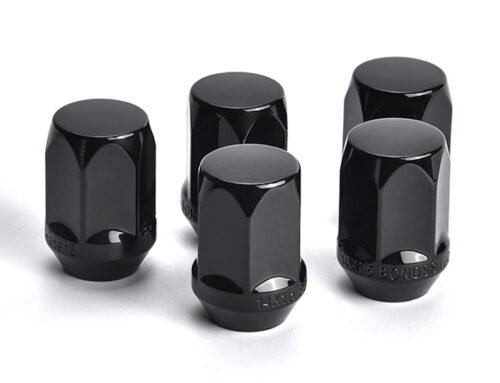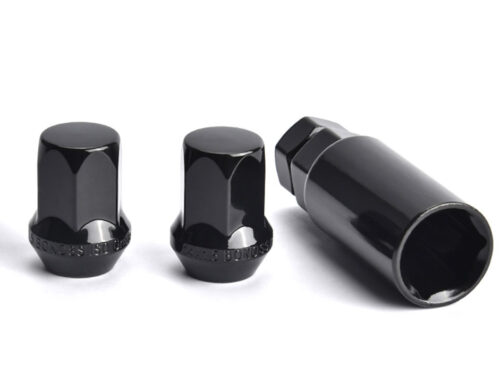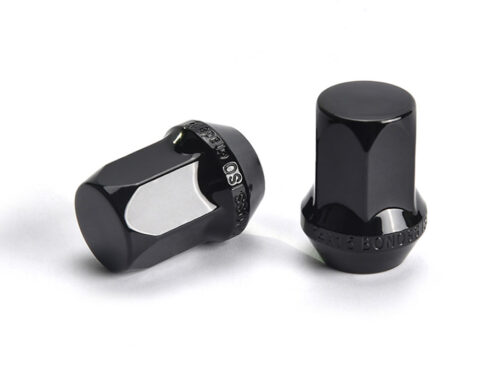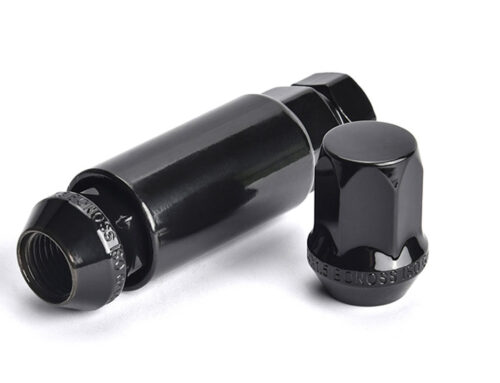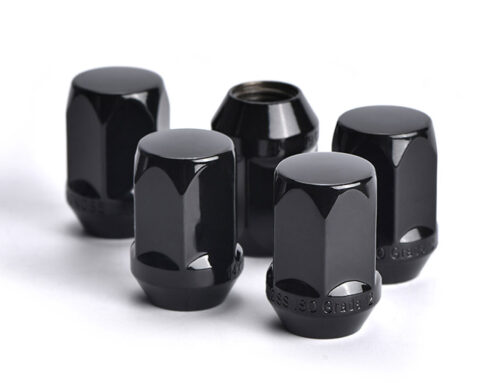The Toyota Land Cruiser J300 wheel spacers have long been used as a common practice among many off-roading enthusiasts. They provide a cost-effective way to keep your existing wheels while creating a much wider track plus a lower center of gravity. In return, you will experience more grip when cornering, which allows for a rapid acceleration as you exit curves. These Toyota Land Cruiser rim spacers push your wheels and tires outwards which allows you to install larger tires or big performance brakes without rubbing against the frame, axle, or other suspension components. Besides, if you use Land Cruiser 300 Series (J300) conversion adapters, you can adopt a different bolt pattern wheel with no problems, for example, 6 lug to 5 lug adapters for installing Land Cruiser LC200 wheels. The best option is to install spacers on all four wheels for overall vehicle balance and stability. If you stay within reasonable care and use them correctly, you will experience the superb handling and enhanced traction that spacers can offer.
How to Keep Safe When Using Land Cruiser J300 Wheel Spacers Off-road?
Using Land Cruiser 300 Series wheel spacers is exactly safe for off-roading if you follow the basic guidelines outlined. Also, the failures that occur are mostly caused by operation errors and not the spacers themselves. If installed properly, high-quality Toyota Landcruiser spacers won’t exert more force on your suspension, which means you won’t have any problems. Besides, adding larger or wider tires may rub against suspension components. And spacers are typically used to solve this problem, which improves safety. Using Land Cruiser 300 Series (J300) hub-centric spacers is safer than lug-centric ones, as they allow the wheels to rotate in balance. Nowadays, wheel spacers (or wheel adapters) have become a fundamental part of wheel modifications. To keep safety, several guidelines you need to follow: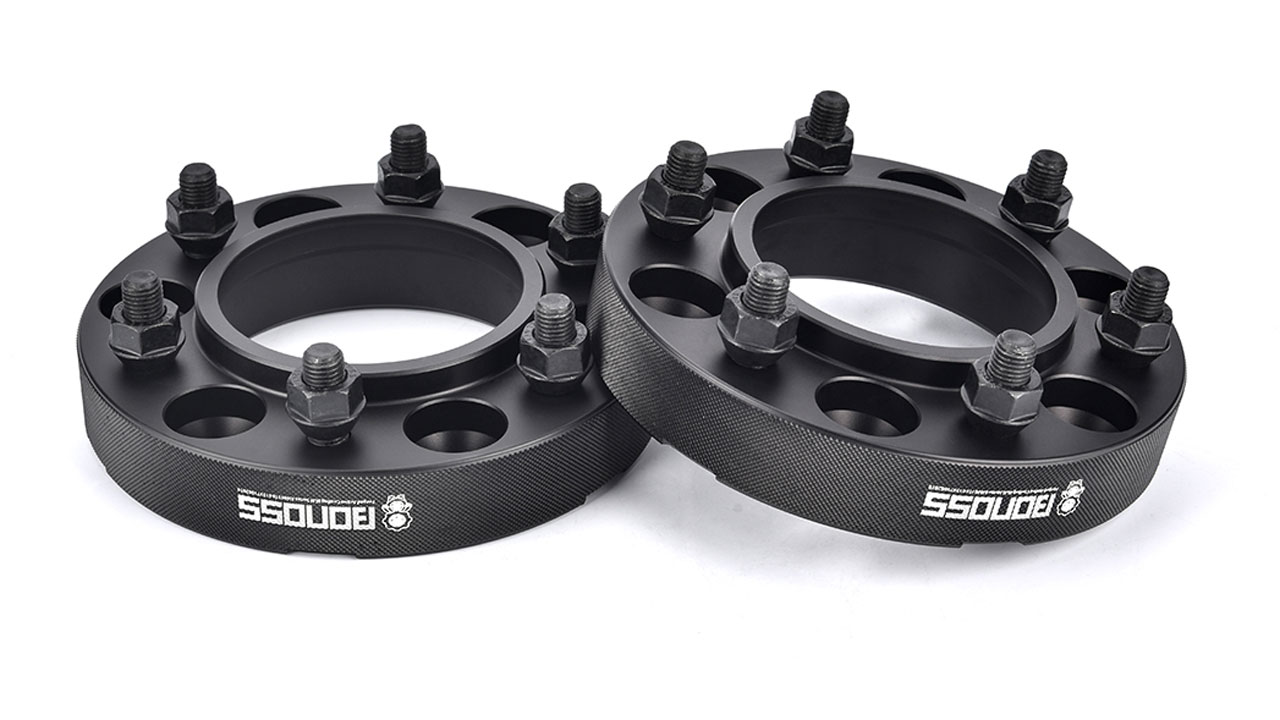
- Install your Toyota J300 spacers properly under the guidance of professionals.
- Use reputable quality billet aluminum wheel spacers.
- Use forged hub-centric spacers rather than casting lug-centric spacers.
- Use a torque wrench with the manufacturer-recommended torque specification to snug up the Land Cruiser 300 Series (J300) Lug Nuts.
- Check the lug nuts before every trail and ensure that all nuts are tight.
- Check and confirm the proper alignment and function of your J300 wheels and tires before driving.
- Never operate your Toyota 300 Series Land Cruiser if wheels, tires, or wheel spacers are damaged or worn.
What’s the Ideal Size of Toyota J300 Spacers to Use?
If you have added offset aftermarket wheels, make sure you have Land Cruiser J300 spacers of the proper thickness to correct the wrong offset. Giving an example, if your stock wheels’ ET/offset is 56, and you change to ET/offset 86 wheels, then you need 30mm wheel spacers to compensate for the offset. According to local laws and regulations, there are limits to how far you can move the wheel before you run into clearance, performance, or aesthetic issues. It is important to measure the wheel gap. The wheel gap is the amount of space between the inner fender lip and the outside edge of your Landcruiser J300 wheel tires or rims. It will help you find the proper thickness. If you have a straight edge metal ruler, place the straight edge on the outermost part of the rims where the wheel comes closest to the fender (preferably the top), then, measure from the outside wheel to the straight edge. This distance is the size Landcruiser spacer you will need to achieve the look that flushes or nearly flushes with the fender. Some people argue that proper backspaced and offset wheels are more suitable than installing spacers. However, high-quality wheel spacers are typically as strong as the wheels they attach to. As long as you operate properly, spacers will bring you more benefits.

